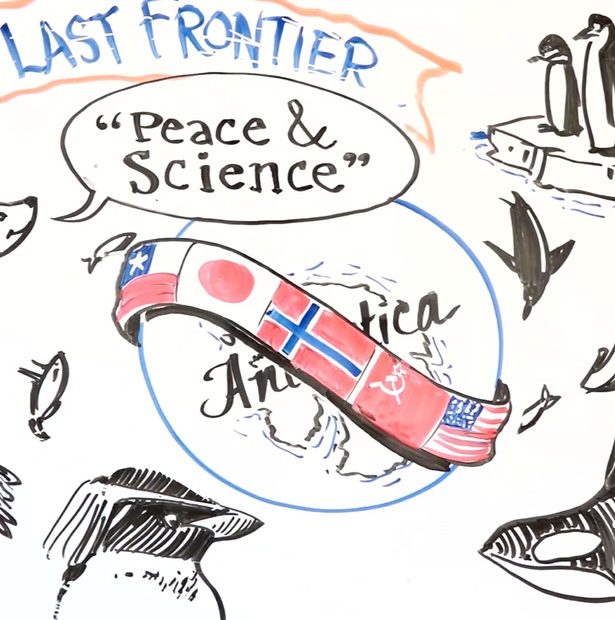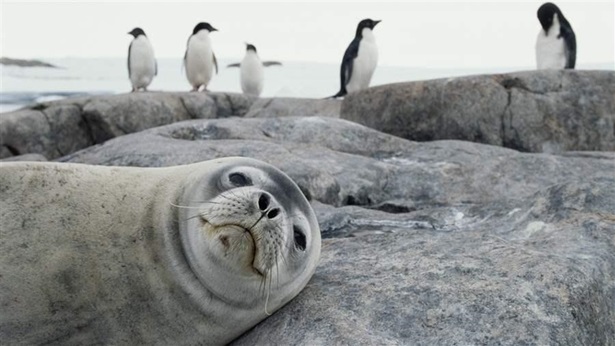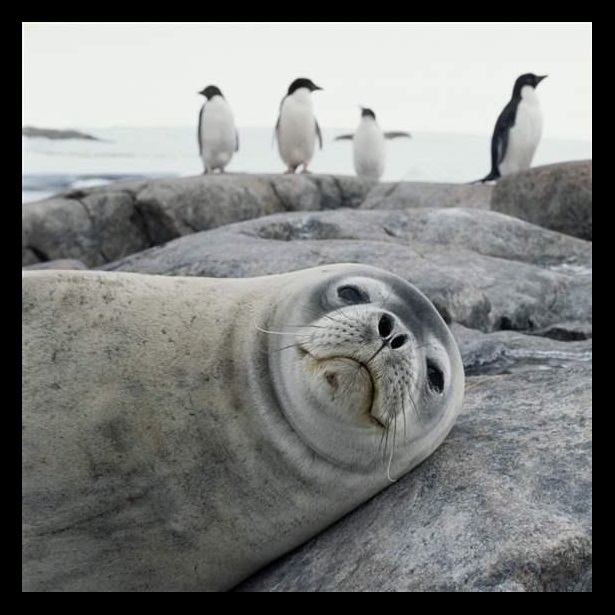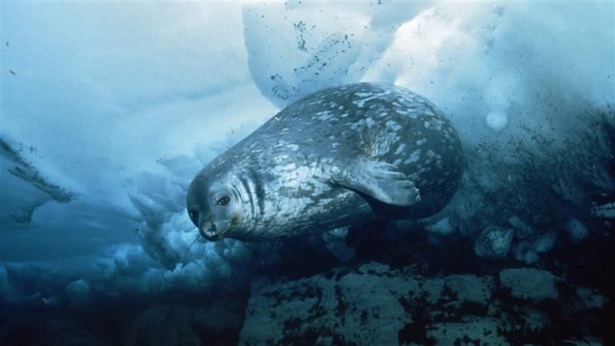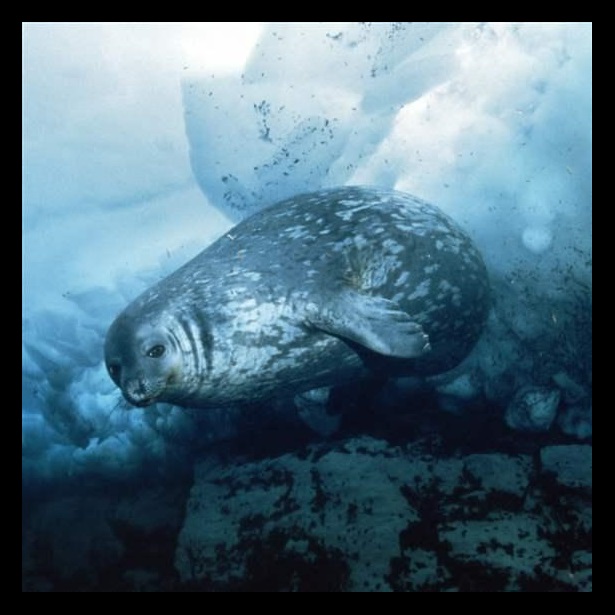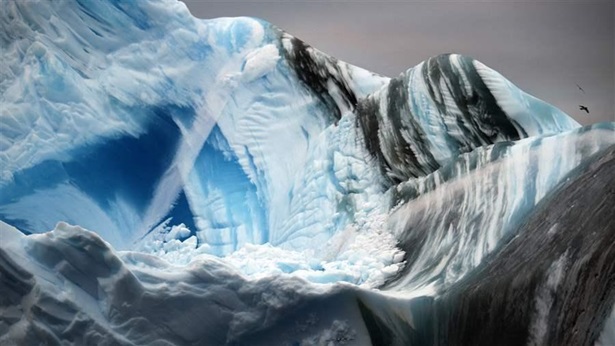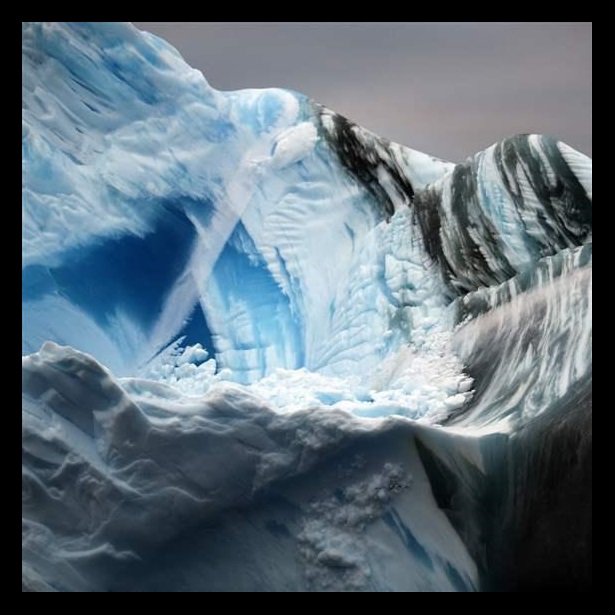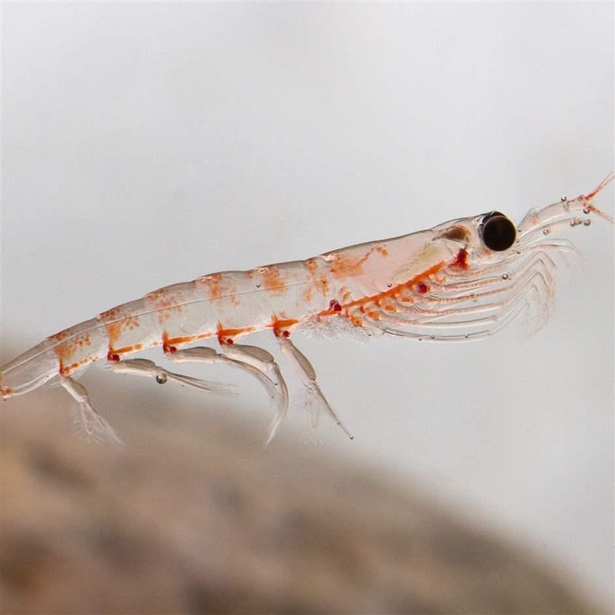As Threats to Southern Ocean Mount, So Does Need for Greater Protections
CCAMLR should use annual meeting to help wildlife and ecosystems build resilience
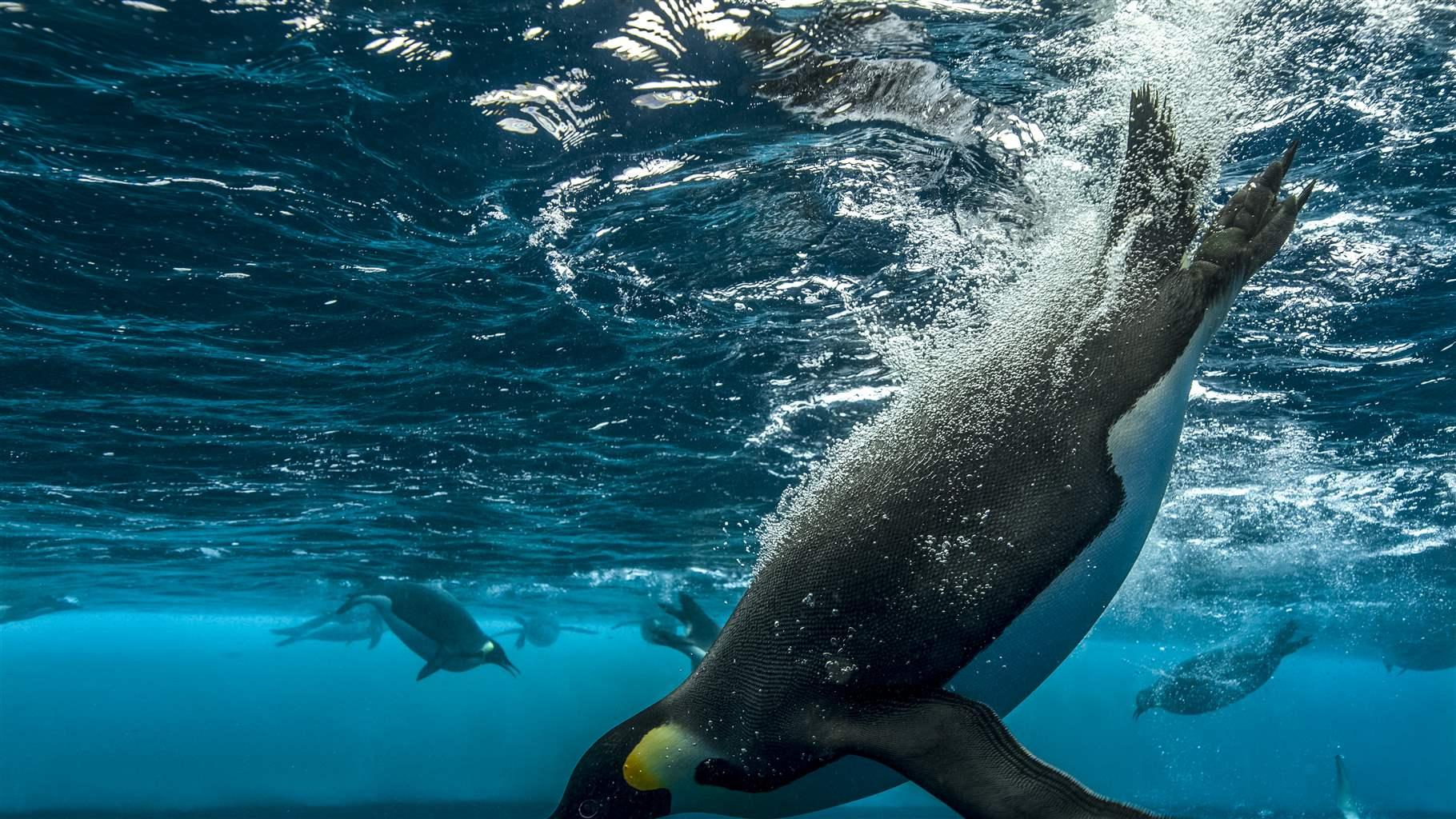
Beginning Oct. 21, member countries of the Commission for the Conservation of Antarctic Marine Living Resources (CCAMLR) will meet for two weeks in Hobart, Australia, to determine the future of conservation in the Southern Ocean. CCAMLR delegates will consider proposals for three marine protected areas (MPAs), all of which have been discussed but failed to pass the commission in prior years. The urgency to designate new MPAs in the Southern Ocean continues to rise, driven by a growing body of science showing that conservation action in the Antarctic region could provide much-needed climate resilience for vulnerable ecosystems.
Earlier this year, the United Nations published a dire report on the state of global biodiversity, warning that species extinction rates are accelerating and declaring that about 1 million species are already threatened with extinction. This number includes iconic Southern Ocean species such as emperor and chinstrap penguins. A second report released last month by the Intergovernmental Panel on Climate Change concluded that the ocean and the Earth’s ice-covered regions, or cryosphere, are on the front line of the climate crisis, and recommended that global leaders act to increase the number and size of MPAs.
CCAMLR is well positioned to contribute significantly to this goal, given that the Southern Ocean makes up 18 percent of the global ocean and that its cold, deep waters store significant amounts of carbon. Further, scientists frequently note that what happens in the Southern Ocean doesn’t stay there so, for example, disruptions to nutrient upwelling and northbound currents could affect marine life around the world.
MPAs are the most effective tool to protect ocean ecosystems because they increase the diversity and abundance of species while enhancing the ocean’s resilience to environmental impacts, including climate change. An MPA network in the Southern Ocean would also help preserve the region’s function as a vital carbon sink—a service that is amplified by Antarctic krill, a keystone species that sequesters 23 million tons of carbon in the Southern Ocean each year.
This year, CCAMLR member governments should designate the three proposed MPAs—in East Antarctica, the Weddell Sea, and the Antarctic Peninsula. These areas, together with existing MPAs in the region, would protect more than 7 million square kilometers, significantly contributing to the International Union for Conservation of Nature’s goal of protecting 30 percent of the world’s ocean by 2030 and fulfilling the commitment that CCAMLR members made in 2011 to establish an MPA network that protects representative examples of marine ecosystems, biodiversity and habitats.
CCAMLR’s scientific committee should also take the opportunity in Hobart to endorse a work plan that would enable the commission to adopt a long-term ecosystem-based management system for the Antarctic krill fishery. Commercial fishing grounds for Antarctic krill have a high degree of overlap with foraging ranges for land-based predators. This overlap creates fisheries competition that could further weaken ecosystems and compromise breeding and feeding conditions for many Southern Ocean species. In conjunction with a network of MPAs, this ecosystem-based management plan would provide the Southern Ocean ecosystem a fighting chance against cumulative stressors in the region.
Additional Resources
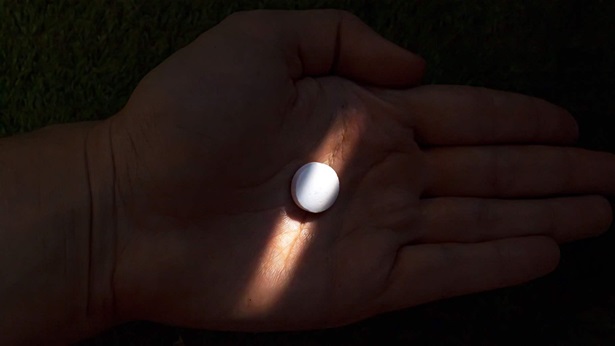
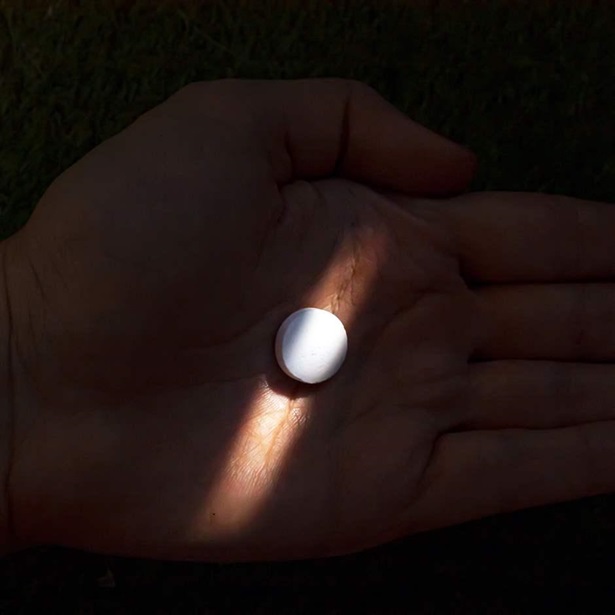
America’s Overdose Crisis
Sign up for our five-email course explaining the overdose crisis in America, the state of treatment access, and ways to improve care
Sign up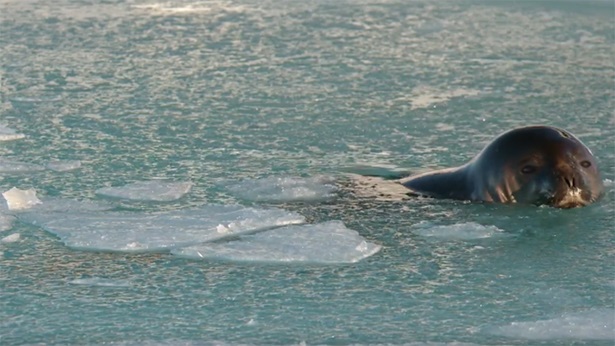
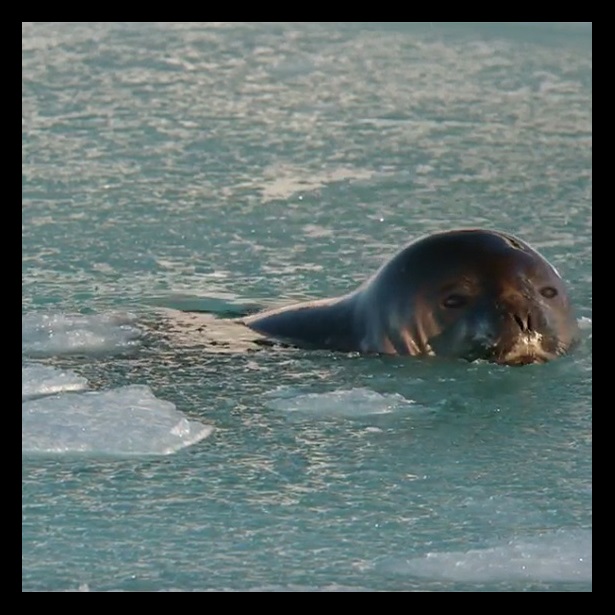
Protecting East Antarctica and the Southern Ocean
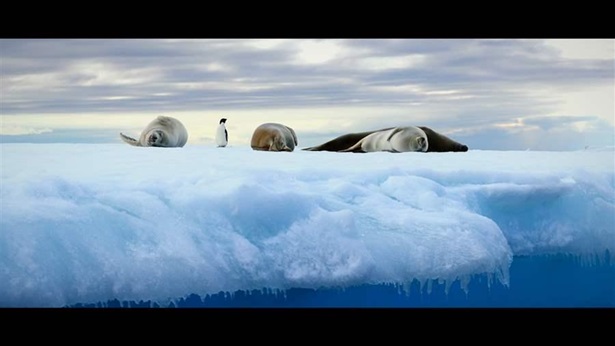
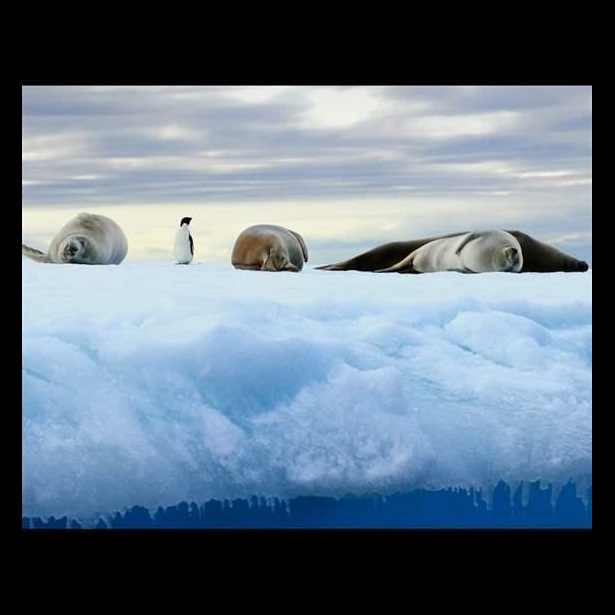
Protecting the World’s Final Ocean Frontier

